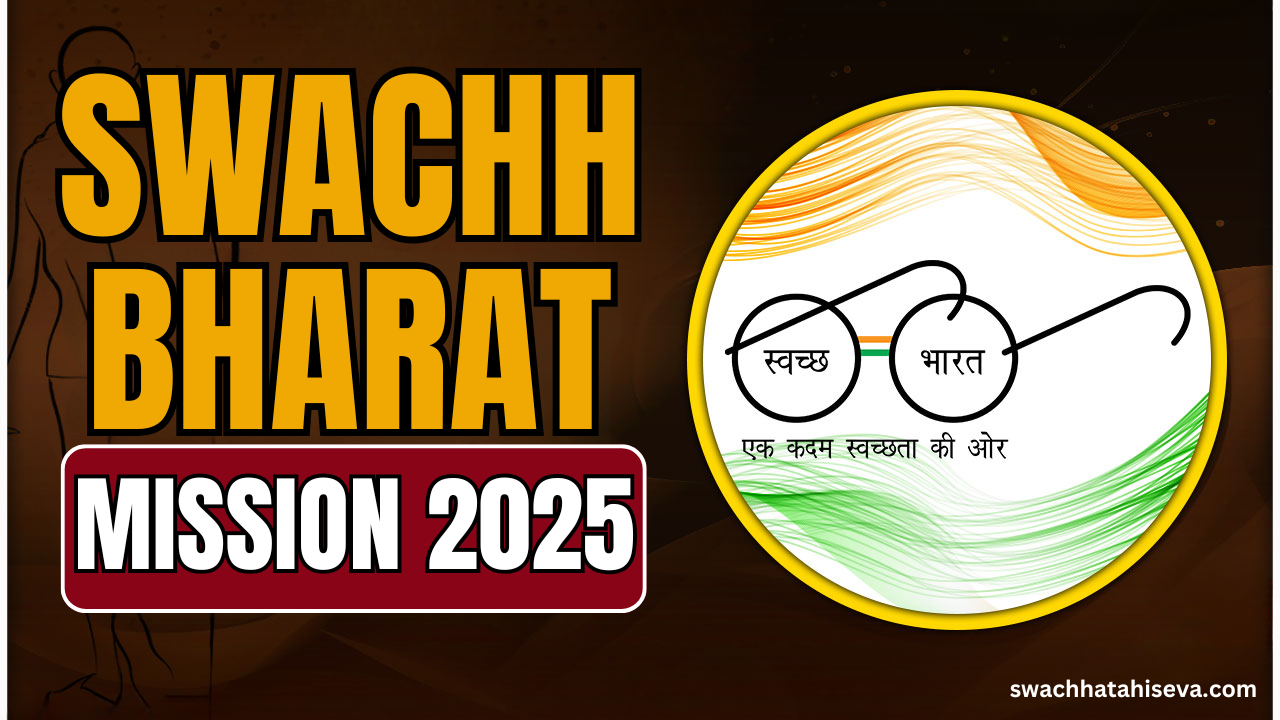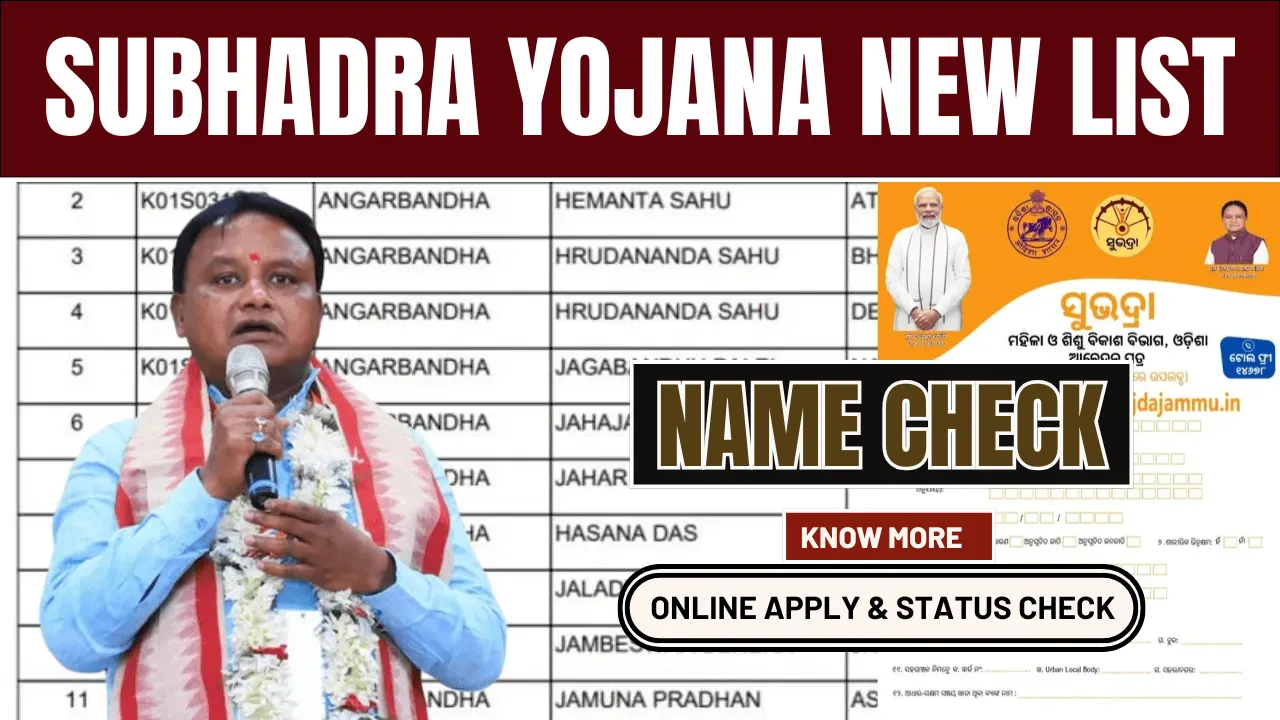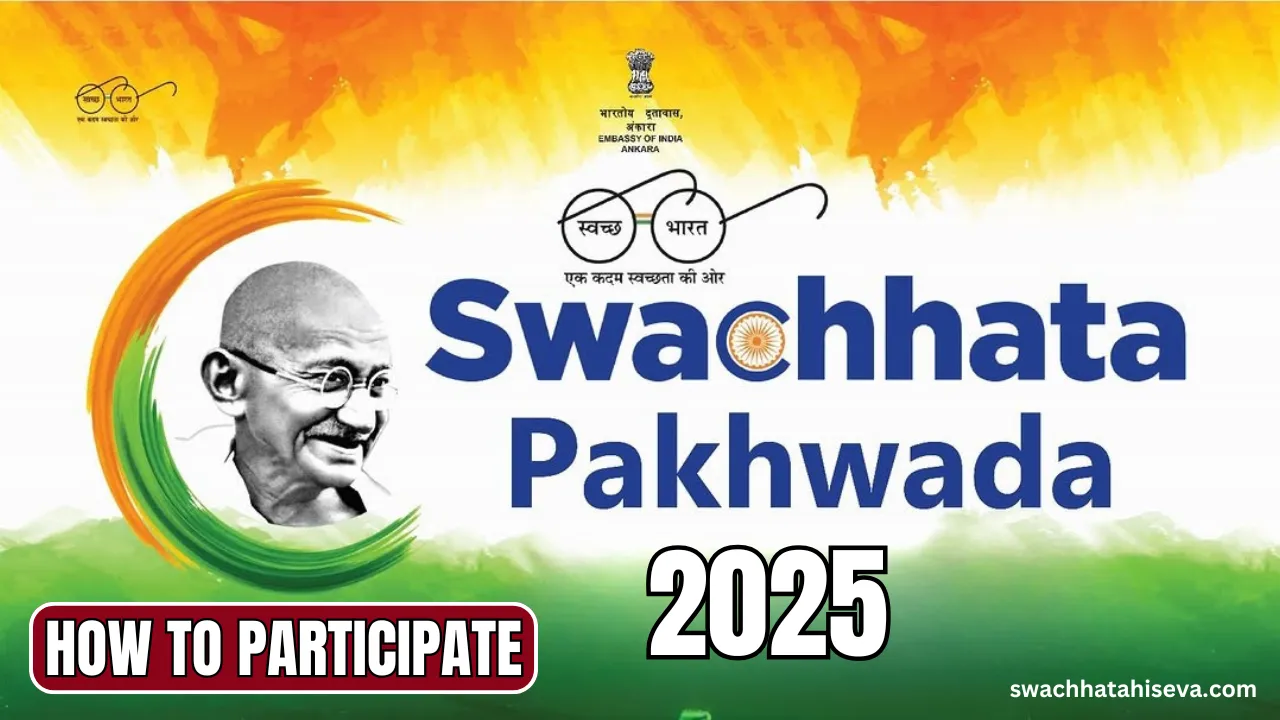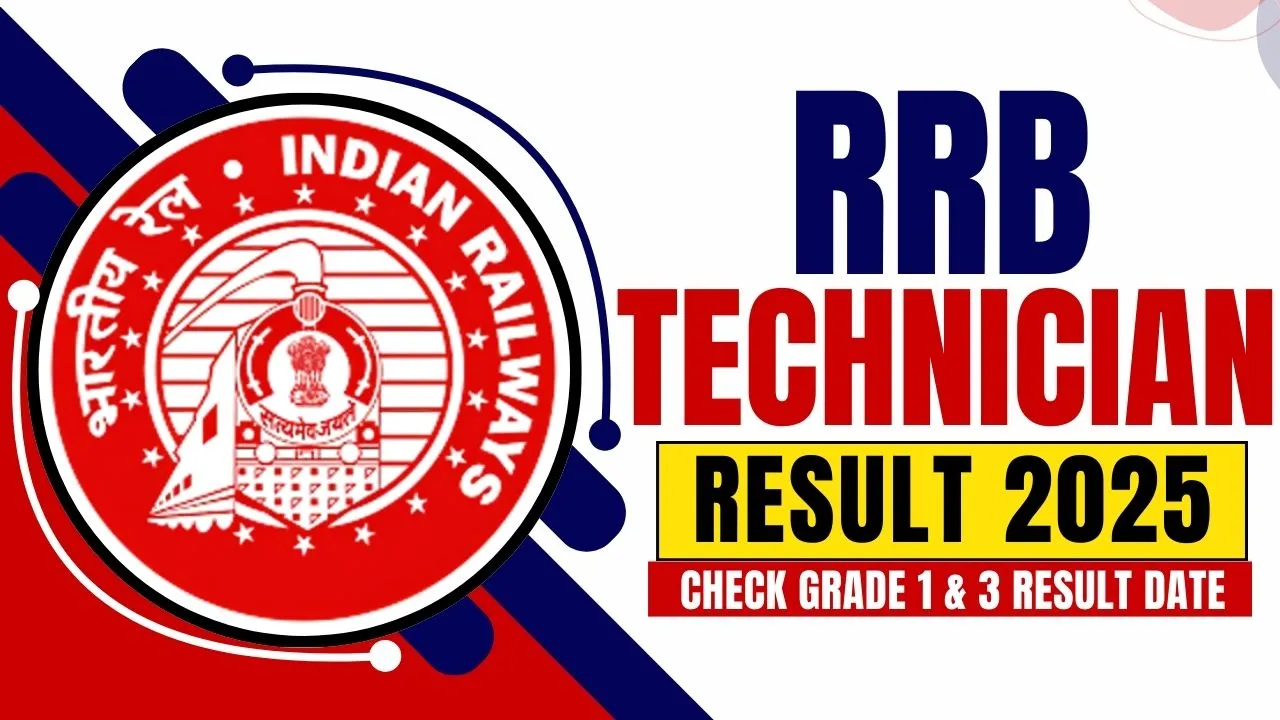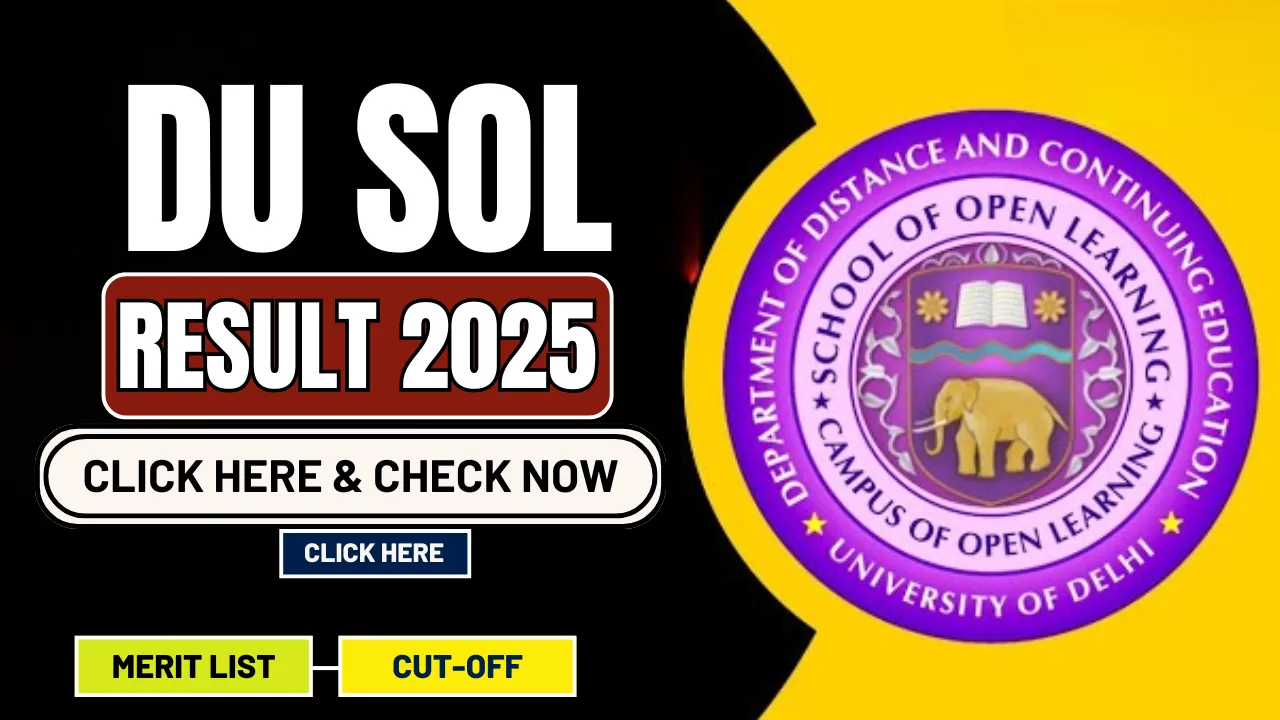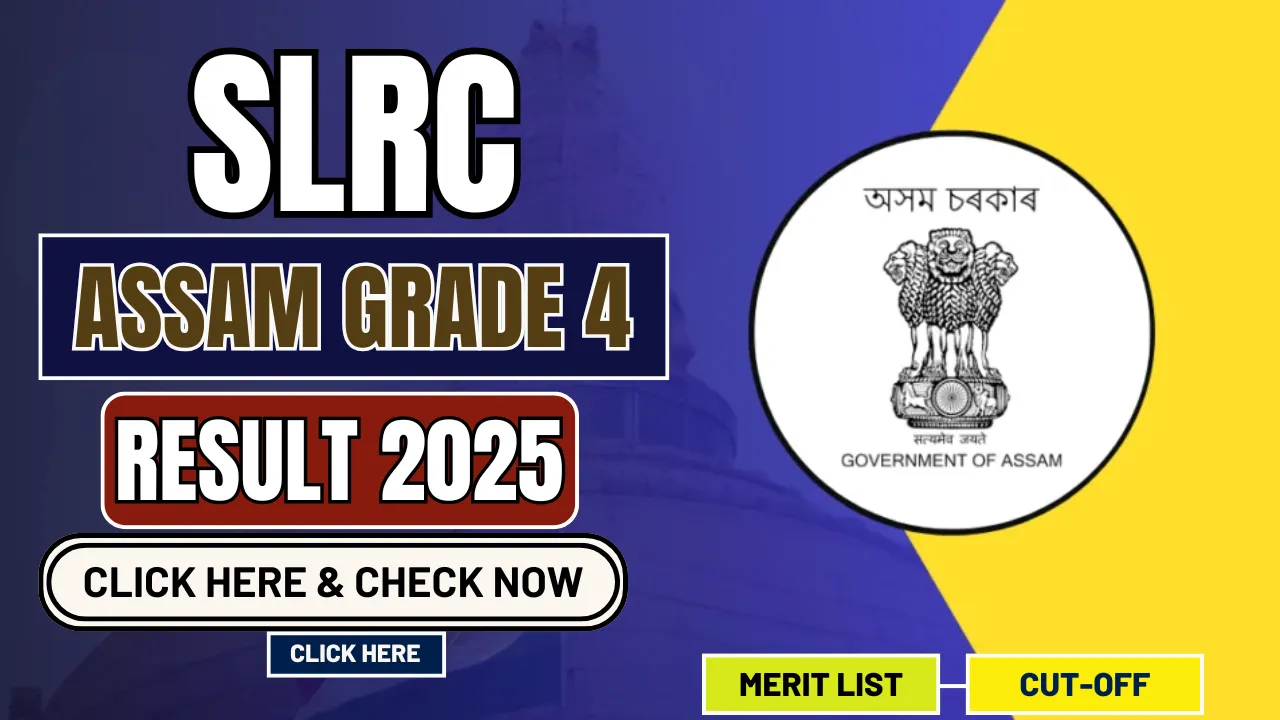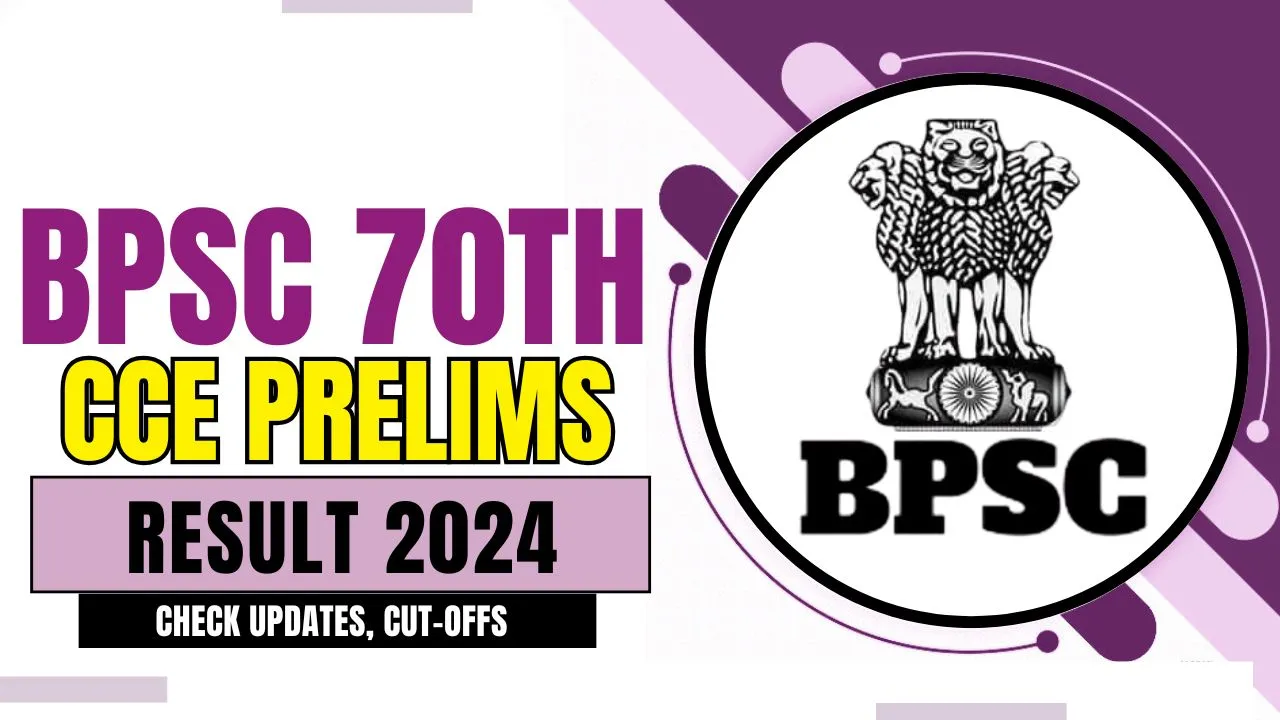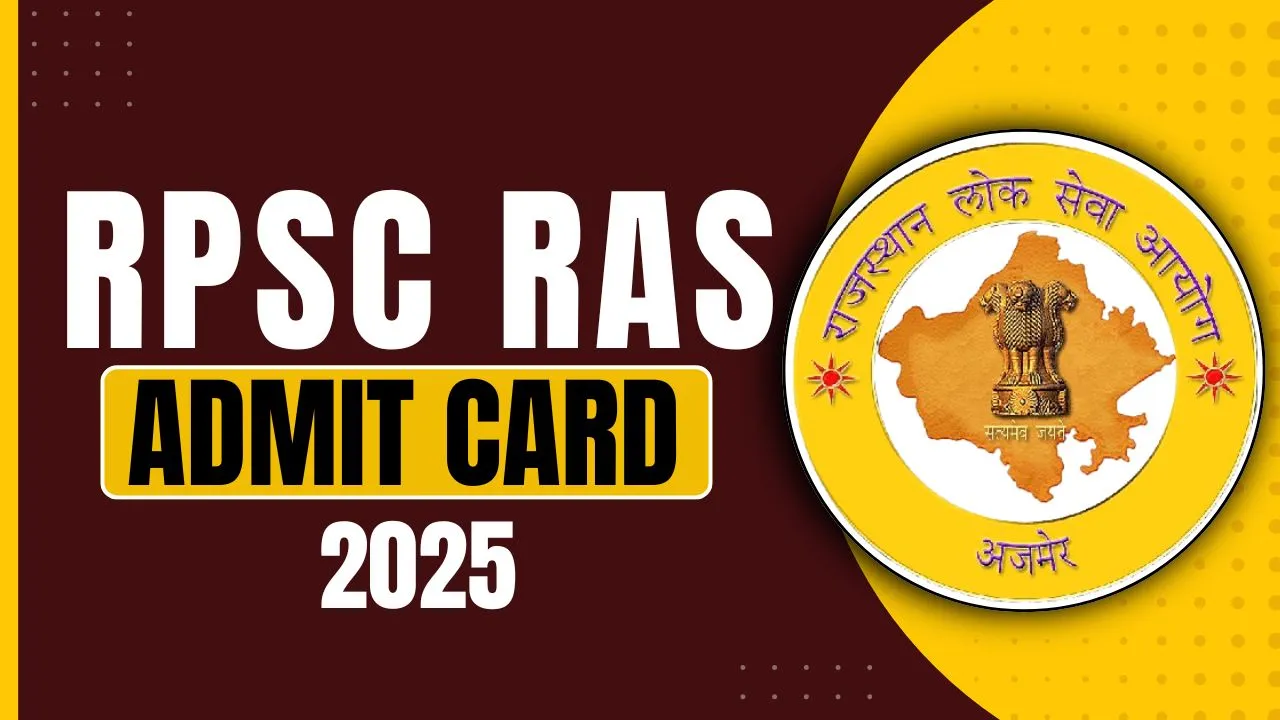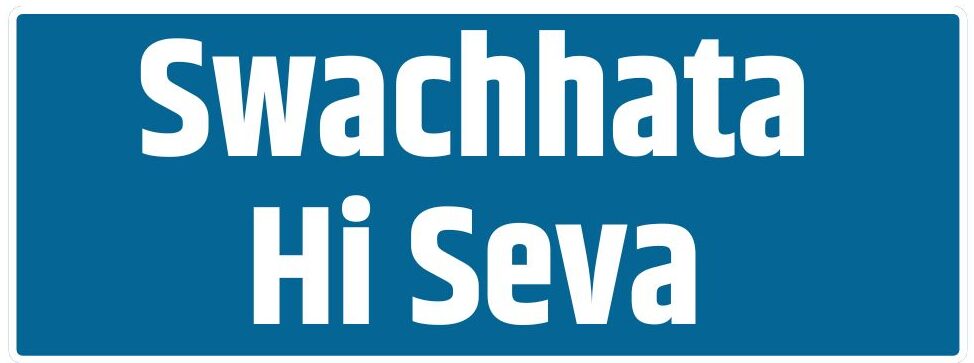Swachh Bharat Mission 2025: The Swachh Bharat Mission 2025 is India’s unwavering commitment to cleanliness and public health. Launched in 2014 by Prime Minister Narendra Modi, this mission has transformed millions of lives by promoting hygiene, building essential sanitation infrastructure, and fostering community-driven behavioral changes. As the mission enters its final phase for 2025, the focus is on sustaining achievements and addressing challenges in waste management, sanitation, and community participation.
With innovative initiatives like the Light House Initiative Phase 2, the creation of ODF Plus villages, and an emphasis on “Sampoorn Swachhata” (complete cleanliness), Swachh Bharat Mission 2025 is set to create a lasting impact on India’s public health and environment.
Swachh Bharat Mission 2025
India’s Swachh Bharat Mission (SBM) has marked a historic step in not just spreading awareness about cleanliness but also bringing it in force. When launched in 2014, only 39% of the country had access to basic sanitation. Open defecation posed severe health risks, particularly for women and children.
Phase I (2014–2019) aimed to eliminate open defecation nationwide. Through massive awareness campaigns, infrastructure development, and community participation, over 100 million toilets were built, and the ODF status was achieved by October 2, 2019. This phase became the largest behavioral change movement in the world, reducing diseases and saving lives.
Phase II (2019–2025) expanded its scope to ensure “Sampoorn Swachhata” or complete cleanliness. This includes managing solid and liquid waste, maintaining ODF status, and creating ODF Plus villages that uphold sanitation standards.
Swachh Bharat Mission 2025 Overview
| Aspect | Details |
| Launch Year | 2014 |
| Phases | Phase I (2014–2019), Phase II (2019–2025) |
| Key Focus for 2025 | Sustaining ODF status, managing solid and liquid waste, creating ODF Plus villages |
| Major Initiative | Light House Initiative Phase 2 |
| Infrastructure Highlights | Over 117 million toilets built since 2014, Rs. 1.4 lakh crore allocated for Phase II |
| Impact on Health | Reduction of 60,000–70,000 infant deaths annually due to better sanitation |
| Future Vision | Swabhav Swachhata, Sanskar Swachhata – Cleanliness as a habit and culture |
Goals and Updates for Swachh Bharat Mission 2025
The final phase of SBM has ambitious goals to ensure sustainable sanitation and cleanliness:
1. Sustaining ODF Status
Maintaining the ODF status is a top priority. This involves community participation, consistent monitoring, and awareness campaigns to ensure that open defecation remains a thing of the past.
2. Creating ODF Plus Villages
The concept of ODF Plus villages is central to SBM 2025. These villages focus on:
- Proper sanitation infrastructure, including toilets and drainage systems.
- Regular waste management practices like composting and recycling.
- Awareness drives to encourage responsible behavior.
3. Managing Solid and Liquid Waste
Managing waste effectively is a critical goal. SBM 2025 emphasizes:
- Solid Waste Management: Segregating waste at the source, composting biodegradable waste, and recycling non-biodegradable materials.
- Liquid Waste Management: Constructing drainage systems and establishing wastewater treatment plants in rural and urban areas.
4. The Light House Initiative Phase 2
Running from July 2024 to March 2025, this initiative expands SBM to 43 blocks across 14 states. The key focus is on sustainable operation and maintenance of waste management systems through community-led practices.
Health and Economic Impact of SBM
The Swachh Bharat Mission has had a profound impact on public health, women’s empowerment, and economic well-being:
- Reduction in Infant Mortality: A study published in Nature shows that improved sanitation under SBM has saved 60,000–70,000 infant lives annually. Districts with high toilet coverage reported significant reductions in Infant Mortality Rate (IMR) and Under-5 Mortality Rate (U5MR).
- Economic Savings: Families in ODF villages save an average of Rs. 50,000 annually on healthcare expenses due to reduced cases of waterborne diseases.
- Empowerment of Women: Access to household toilets has improved the safety, dignity, and health of women and girls, with 93% of women reporting feeling safer.
Key Initiatives for Community Involvement
1. Jan Andolan (People’s Movement)
The Swachh Bharat Mission thrives on community participation. Citizens are encouraged to take part in local clean-up drives, adopt waste segregation at home, and promote awareness in their neighborhoods.
2. Gaurav Yatras (Pride Tours)
Villages achieving ODF Plus status celebrate their success through Gaurav Yatras, showcasing their commitment to cleanliness and motivating neighboring communities to follow suit.
3. Recognition of Sanitation Workers
Sanitation workers, or Safai Mitras, are essential to SBM’s success. Recognizing their contributions and ensuring their safety and well-being is a major focus for 2025.
Success Stories from Swachh Bharat Mission
Himachal Pradesh’s ODF Plus Villages
Villages in Himachal Pradesh have implemented effective drainage systems, composting pits, and awareness campaigns, setting an example for other states.
School-Led Sanitation Drives
In many parts of India, schools have played a pivotal role by involving students in cleanliness drives and competitions. This has encouraged families to adopt better hygiene practices at home.
Corporate Contributions
Under CSR initiatives, companies like Tata and Reliance have funded waste management systems and supported SBM campaigns in rural areas, significantly improving sanitation infrastructure.
How You Can Contribute to SBM 2025
Every citizen has a role to play in making the Swachh Bharat Mission 2025 a success. Here’s how you can help:
Participate in Clean-Up Drives:
Join or organize local initiatives to clean public spaces.
Adopt Waste Segregation:
Separate wet and dry waste at home to support recycling efforts.
Spread Awareness:
Use social media to promote hygiene and share success stories from your community.
Collaborate with Schools and NGOs:
Conduct workshops and encourage participation in sanitation-related activities.
FAQs About Swachh Bharat Mission 2025
What is Swachh Bharat Mission 2025?
It is the final phase of the Swachh Bharat Mission, focusing on sustaining ODF status, managing waste, and creating ODF Plus villages.
What is an ODF Plus village?
An ODF Plus village sustains its ODF status while also implementing solid and liquid waste management systems and improving overall sanitation standards.
What is the Light House Initiative Phase 2?
It’s an SBM initiative focused on sustainable waste management practices, running from July 2024 to March 2025.
How has SBM improved public health?
By eliminating open defecation and improving sanitation, SBM has reduced diseases, saved lives, and enhanced overall hygiene.
How can I contribute to SBM 2025?
You can participate in clean-up drives, promote waste segregation, and spread awareness about hygiene in your community.
Conclusion
The Swachh Bharat Mission 2025 is more than a government initiative—it’s a collective movement toward a cleaner, healthier, and more sustainable India. With community participation, government support, and corporate contributions, the mission is on track to achieve its ambitious goals.
Let’s all do our part by adopting cleaner habits, encouraging others, and taking pride in our role in this historic mission. Together, we can make India not just ODF but a global example of sustainable cleanliness. Have ideas or stories to share? Join the conversation and inspire others to take action!
